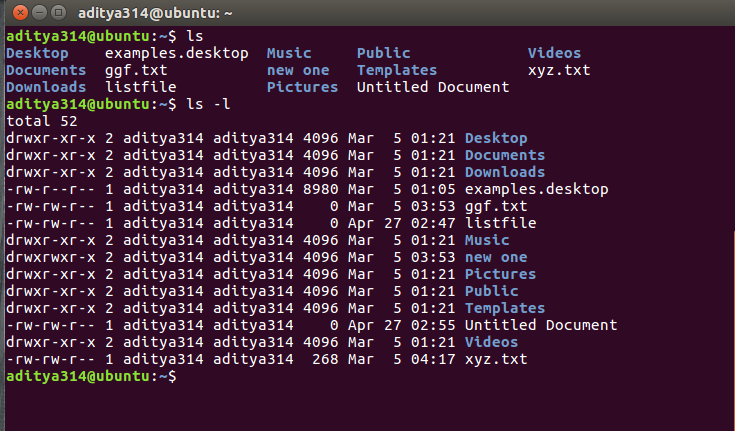Linux file permissions are a fundamental aspect of the Linux operating system, and they play a critical role in securing data and controlling access to files and directories.
Every file and directory on a Linux system has a set of permissions associated with it, which determine who can read, write, and execute the file. These permissions are set for the file's owner, the group the file belongs to, and for all other users.
The three types of permissions that can be set for a file or directory are: read (r), write (w), and execute (x). The read permission allows a user to view the contents of a file, the write permission allows a user to modify the contents of a file, and the execute permission allows a user to run the file as a program.
Permissions can be viewed using the 'ls -l' command, which will display a list of all files and directories in the current directory, along with their permissions. The output will look something like this:

The first character (-) in the above example indicates that this is a file, whereas d would indicate a directory. The next three characters (rwx) indicate the permissions for the owner of the file, the next three (rw-) indicate the permissions for the group, and the final three (-r--) indicate the permissions for all other users.
The file owner can change the permission of the file using chmod command. The chmod command takes an octal number that represents the permissions to be set. For example, chmod 755 file1 will give read, write and execute permission to the owner and read and execute permission to group and others.
It's also possible to change permissions for specific user or group using chmod command. The chmod command can be used with a letter u, g, o and a + or - sign indicating add or remove permissions. For example, chmod u+w file1 will give written permission to the owner of the file.
Linux file permissions can also be used to create a secure environment on a Linux system. By setting appropriate permissions on files and directories, it is possible to limit access to sensitive data, and prevent unauthorized users from modifying or deleting files.
It's important to keep in mind that file permissions are only one aspect of securing a Linux system. Other important security measures include setting strong passwords, keeping software up-to-date, and implementing firewalls and intrusion detection systems.
In conclusion, Linux file permissions are an essential aspect of the Linux operating system and play a critical role in securing data and controlling access to files and directories. By setting appropriate permissions and regularly reviewing them, it is possible to limit access to sensitive data and prevent unauthorized access, modification and deletion of files. However, it's important to keep in mind that file permissions are only one aspect of securing a Linux system, and other security measures like strong passwords, software updates, firewalls and intrusion detection systems should also be implemented.
